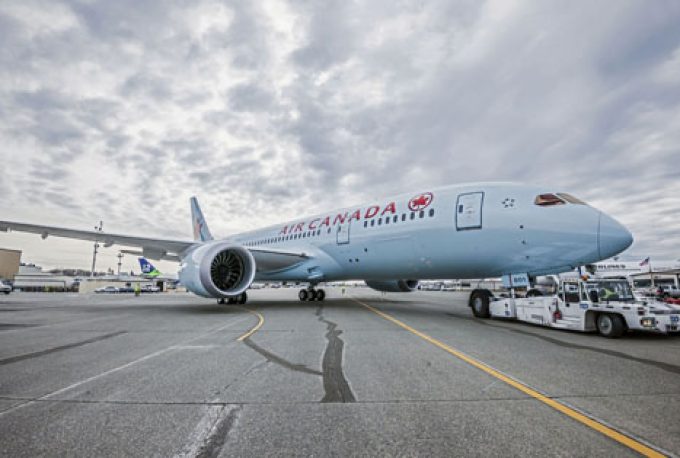Record Q4 for Lufthansa Cargo as its faith in ecommerce pays off
Lufthansa Cargo said it had a record set of results in the fourth quarter – ...

Air Canada is thinking outside the box: Tim Strauss, vice-president of cargo, wants to double his division’s revenues through new channels to insulate the business better against the gyrations of the general freight market.
The past 12 months have been a rollercoaster for Air Canada Cargo. The carrier ended 2018 with cargo revenues of C$803m (US$604.7m), up from C$708m the year before.
However, 2019 has brought a sharp downturn. After a strong January and a flat February, the carrier’s momentum went into ...
Asia-USEC shippers to lose 42% capacity in a surge of blanked sailings
Why ROI is driving a shift to smart reefer containers
USTR fees will lead to 'complete destabilisation' of container shipping alliances
New USTR port fees threaten shipping and global supply chains, says Cosco
Outlook for container shipping 'more uncertain now than at the onset of Covid'
Transpac container service closures mount
DHL Express suspends non-de minimis B2C parcels to US consumers

Comment on this article